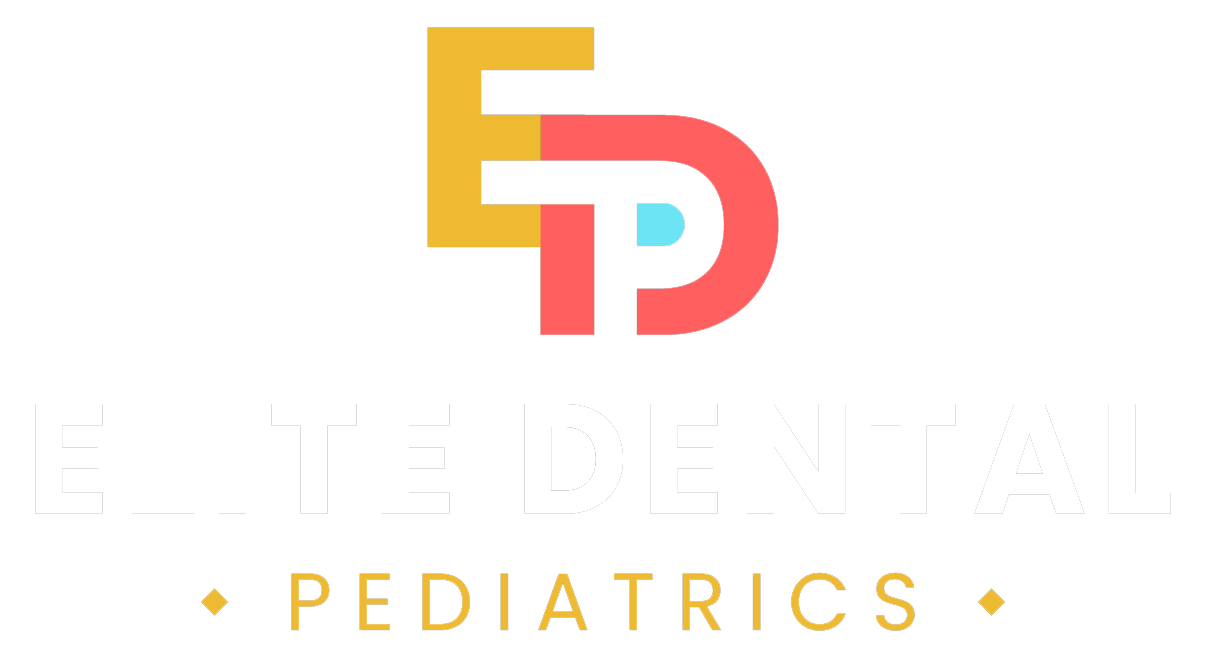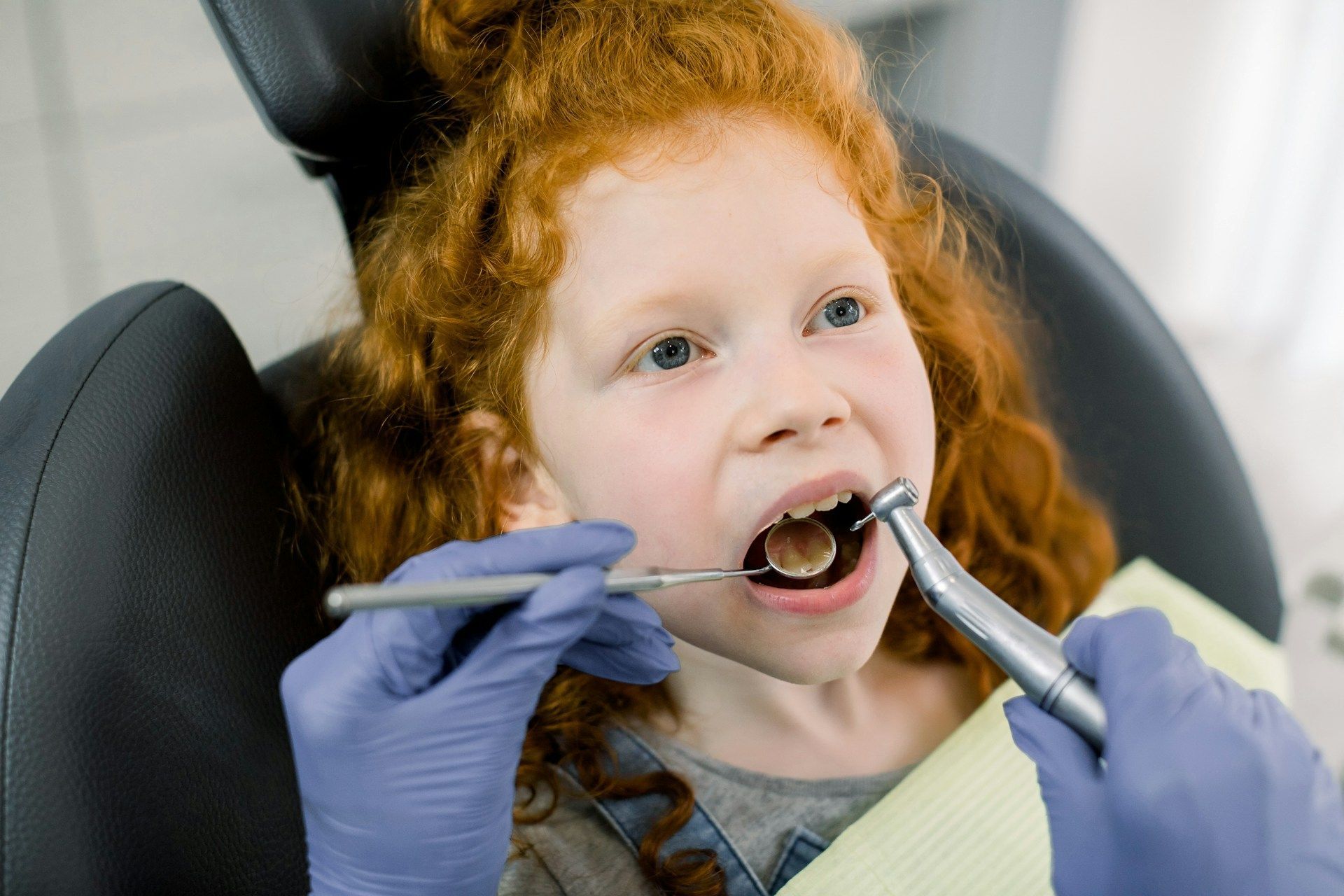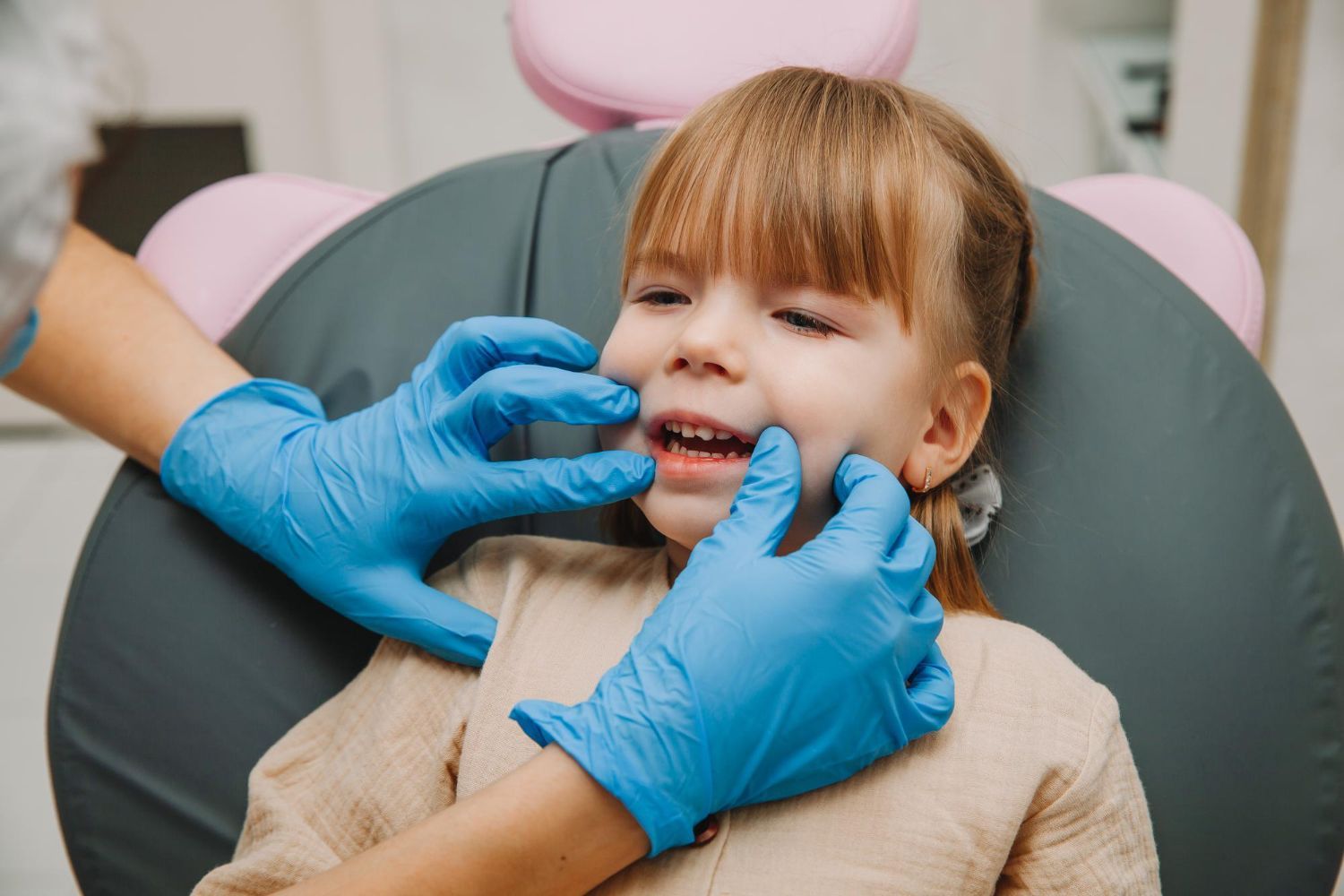How to Take Care of Your Kid's Loose Tooth
When your child has a loose tooth, it marks an exciting milestone in their growing-up journey. It’s a sign that they are moving towards their next stage of development. But as thrilling as it is for them, it can be a little nerve-wracking for parents who want to make sure everything goes smoothly. Understanding how to care for your kid’s loose tooth can make the process easier for both of you.
Kids usually start to lose their baby teeth around the age of six. This natural process can take several years as all 20 baby teeth eventually make way for permanent ones. During this time, it’s important to know what to expect and how to help your child deal with the changes in their mouth.
So, we'll dive into everything you need to know about handling your child's loose tooth. From recognizing when a tooth is ready to come out to the best ways to help it along, and how to care for their mouth afterward, we've got you covered. We’re here to help ensure your child's smile stays healthy and bright as they grow.
Understanding Why Teeth Become Loose
Losing baby teeth is a natural part of growing up. Kids usually start to lose their first teeth around the age of six. These baby teeth, also known as primary teeth, make way for permanent teeth that will serve them into adulthood. This process happens because the permanent teeth push up from underneath, causing the roots of the baby teeth to dissolve. Eventually, the baby teeth become loose and fall out to make room for the permanent teeth to emerge.
Signs That a Tooth is Ready to Come Out
Recognizing when a tooth is ready to come out can help you guide your child through the process. Typically, a loose tooth will wiggle easily back and forth. Your child might also feel the tooth moving when they eat or brush their teeth. It’s common for the gums around the loose tooth to look a little swollen or red but it shouldn't be painful. If the tooth is very loose and hanging by just a small bit of tissue, it’s usually ready to come out with a gentle wiggle.
When to Be Concerned About a Loose Tooth
While losing baby teeth is normal, there are times when you should be concerned. If your child complains of severe pain, or if the gums around the loose tooth become very swollen, red, or start to bleed heavily, it’s a good idea to consult a dentist.
Additionally, if a tooth becomes loose due to an injury or accident, it's important to seek dental advice immediately. Keep an eye out for any signs of infection, such as pus or a fever, as these can indicate a more serious issue that needs prompt attention.
Safe Ways to Help a Loose Tooth Come Out
1. Encouraging Your Child to Wiggle the Tooth
One of the safest ways to help a loose tooth come out is to encourage your child to wiggle it gently with their tongue or clean fingers. This helps the tooth loosen naturally without causing any pain or damage to the gums. Make it a fun activity by reminding them that a tooth fairy visit could be just around the corner. Kids often enjoy the idea of playing a part in their dental milestones.
2. Foods That Can Help Loosen a Tooth
Certain foods can also help loosen a tooth. Offering your child crunchy fruits and vegetables like apples and carrots can give the tooth the nudge it needs without being too aggressive. These foods are not only good for overall health, but they can also aid in making the tooth come out more easily. Just remind your child to chew on the side of their mouth where the loose tooth is to get the best effect.
3. What to Avoid When Helping the Tooth Fall Out
There are some methods you should avoid when helping a tooth fall out. Never forcefully pull the tooth out, as this can cause pain and potentially damage the surrounding gum tissue. Avoid using string to yank the tooth out, as this old-fashioned method can be harmful.
Instead, patience and gentle encouragement will ensure the tooth comes out naturally when it’s ready. If the tooth doesn’t fall out on its own after several weeks of being loose, it’s a good idea to check in with your dentist for advice.
Caring for the Mouth After a Tooth Falls Out
1. How to Handle Bleeding
After a tooth falls out, it's normal for there to be a small amount of bleeding. To handle this, simply fold a clean piece of gauze or a damp washcloth and have your child bite down on it for a few minutes. This pressure helps stop the bleeding. If the bleeding doesn’t stop after 10 minutes, you might want to consult your dentist. Keeping your child calm and relaxed during this time also helps reduce any anxiety they might feel.
2. Maintaining Oral Hygiene During Tooth Loss
Oral hygiene is still important even when your child is losing teeth. Make sure they continue to brush their teeth twice a day and floss daily. Use a soft toothbrush to clean around the area where the tooth fell out, ensuring that food particles and plaque don’t build up.
Teaching your child to swish with water or a mild saltwater solution can also help keep the area clean and prevent infection. Maintaining good oral habits helps ensure that new teeth come in healthy and strong.
3. Foods to Avoid After Losing a Tooth
After losing a tooth, it’s best to avoid foods that could irritate the exposed gum area. Steer clear of hard, crunchy foods like nuts or chips, which might cause discomfort. Also, avoid very hot or very cold foods and drinks, as the area might be sensitive.
Instead, offer your child soft foods like yogurt, applesauce, and mashed potatoes for a few days. This gives the gum area time to heal and makes eating more comfortable for your child.
When to Visit the Dentist for a Loose Tooth
1. Signs of Infection or Complication
Sometimes, losing a tooth isn’t as straightforward, and complications can arise. Watch for signs of infection, such as swelling, redness, pus, or a bad smell coming from the area where the tooth fell out.
Another sign to look out for is a lasting fever or severe pain in the gums. If you notice any of these symptoms, schedule a visit to the dentist right away. Quick attention can prevent further issues and help your child heal faster.
2. Importance of Regular Dental Checkups
Regular dental checkups are key to maintaining your child’s oral health, especially during the tooth-losing years. These visits allow the dentist to monitor the development of your child’s permanent teeth and address any issues early on.
They can provide professional cleanings, fluoride treatments, and preventive care to keep your child’s smile healthy. Making dental checkups a routine helps your child feel more comfortable and confident with dental care.
3. How Elite Dental Pediatrics Can Help
We understand the importance of guiding children and their parents through the stages of losing baby teeth. Our friendly and experienced team is here to provide the best care and advice for your child's dental needs.
We offer a welcoming environment that makes dental visits enjoyable for kids. If you have any concerns about your child’s loose tooth or need support with post-loss care, our team is ready to help.
Helping Your Child Through the Tooth Loss Process
Taking care of your child's loose tooth involves understanding the natural process, safely helping the tooth come out, and providing proper care once it falls out. Recognizing when to seek dental advice also ensures your child's oral health stays on track. This period is a significant milestone in your child's development and promotes good dental habits they will carry into adulthood.
By staying informed and proactive, you can make the experience of losing a tooth a positive one for your child. Encourage your child to maintain good oral hygiene and set the foundation for a lifetime of healthy teeth. Regular dental visits are crucial, as they provide professional guidance and ensure any issues are addressed promptly.
For any questions or to schedule an appointment, contact Elite Dental Pediatrics. Our team of the best kids dentists in Houston, Texas, is dedicated to making dental care easy and stress-free for kids. Call us today to help your child achieve a bright, healthy smile!

Contact Information
Practice Hours
- Mon - Fri
- -
- Sat - Sun
- Closed
All Rights Reserved | Energize Group | Privacy Policy









